Image of 1978 Pontiac Bonneville, Note: These illustrations use artistic license and may differ from actual historical models.
Performance Metrics
Fundamental Metrics
Emotional Appeal
MMP Rating
| Engine Specifications | |
|---|---|
| Engine: | 301 cu in (4.9 L) Pontiac V8, 350 cu in (5.7 L) Pontiac V8, 400 cu in (6.6 L) Pontiac V8, 403 cu in (6.6 L) Oldsmobile V8 |
| Displacement: | 301-403 cu in |
| Horsepower: | 135-185 hp |
| Torque: | 245-320 lb-ft |
| Compression Ratio: | 8.0:1 - 8.2:1 |
| Ignition System: | Electronic Ignition System |
| Cooling System: | Liquid-cooled |
| Performance Specifications | |
| 0-60 Time: | 10-12 seconds |
| 1/4 Mile Time: | 17-19 seconds |
| Top Speed: | 110-120 mph |
| Transmission and Drive | |
| Drive Type: | Rear-wheel drive |
| Transmission Type: | 3-speed automatic, 4-speed automatic |
| Fuel and Efficiency | |
| Fuel System Type: | Carburetor |
| MPG: | 12-15 mpg |
| Dimensions and Brakes | |
| Brakes: | Front disc, rear drum |
| Wheelbase: | 116.0 in |
| Weight: | 3,900-4,200 lbs |
Note: Specifications for classic cars are given to the best of our ability, considering the limited and variant data available.
1978 Pontiac Bonneville: A Classic American Cruiser
The 1978 Pontiac Bonneville stands as a testament to the era of full-sized luxury sedans, a time when cars were as much about presence as they were about transportation. Born from the esteemed lineage of Pontiac, a General Motors marque known for performance and style, the '78 Bonneville was a blend of comfort and traditional American automotive values. With its distinctive design and roomy interiors, it captured the essence of late 70s automotive trends.
Unique among its peers for its balance of luxury and affordability, the Bonneville became a favorite for American families and executives alike. One notable moment in its history was when it transitioned from the larger B-body to the smaller but more efficient C-body platform in 1977, setting a precedent for future models.
Design and Innovation
The exterior of the 1978 Pontiac Bonneville boasted long, clean lines with just enough chrome to underscore its upscale aspirations. The quad rectangular headlamps and wide grille gave it an authoritative face, while the sweeping profile hinted at its spacious cabin. Inside, passengers were treated to plush seating upholstered in fabrics that ranged from durable cloth to supple vinyl or optional leather.
Technologically, the Bonneville featured advancements such as optional power windows and door locks – conveniences that were becoming increasingly expected by consumers. Color options varied widely, with popular choices including dignified shades like Chesterfield Brown and Revere Silver. The most iconic body style was arguably the four-door sedan, though coupes were also available for those seeking a sportier silhouette.
Historical Significance
The 1978 Bonneville's significance lies in its representation of a transitional period in American automotive history. As fuel efficiency became more important due to rising fuel prices and environmental concerns, the Bonneville's downsizing without sacrificing luxury set it apart from gas-guzzling behemoths of the past. This move would influence future designs across the industry.
Performance and Handling
Underneath the hood, most 1978 Bonnevilles housed a robust V8 engine that delivered ample power for cruising highways or navigating city streets. While top speed was not its main selling point, acceleration was respectable with 0-60 mph times that could impress for a vehicle of its size. Handling was smooth with a soft suspension setup that absorbed road imperfections gracefully.
The driving experience was one of quiet confidence; the engine's low rumble was reassuring rather than intrusive, and drivers found themselves commanding the road with an easy touch on the steering wheel.
Ownership Experience
The '78 Bonneville served many roles: from daily commuter to weekend showpiece. Its reliability made it a practical choice while its style lent itself well to enthusiast gatherings. Maintenance was straightforward for the era, with many components being easily accessible for repairs.
Fun Facts
This model year saw some Bonnevilles gracing celebrity driveways and even appearing on screen in various films and TV shows of the time. While not known for breaking speed records, it held its own in endurance and comfort over long distances.
Collector's Information
Today, collectors might find a 1978 Pontiac Bonneville priced anywhere from $5,000 for models in fair condition to upwards of $20,000 for well-preserved examples. Production numbers were substantial but finding one in pristine condition can be challenging. The market has seen a slight appreciation for these models as nostalgia for 70s luxury sedans grows.
Conclusion
The 1978 Pontiac Bonneville encapsulates an era where size equaled status and luxury didn't necessarily mean exorbitant cost. It remains an emblematic piece of American automotive history that offers both collectors and enthusiasts a taste of vintage charm mixed with everyday practicality.
1978 Pontiac Bonneville Catalog of Parts
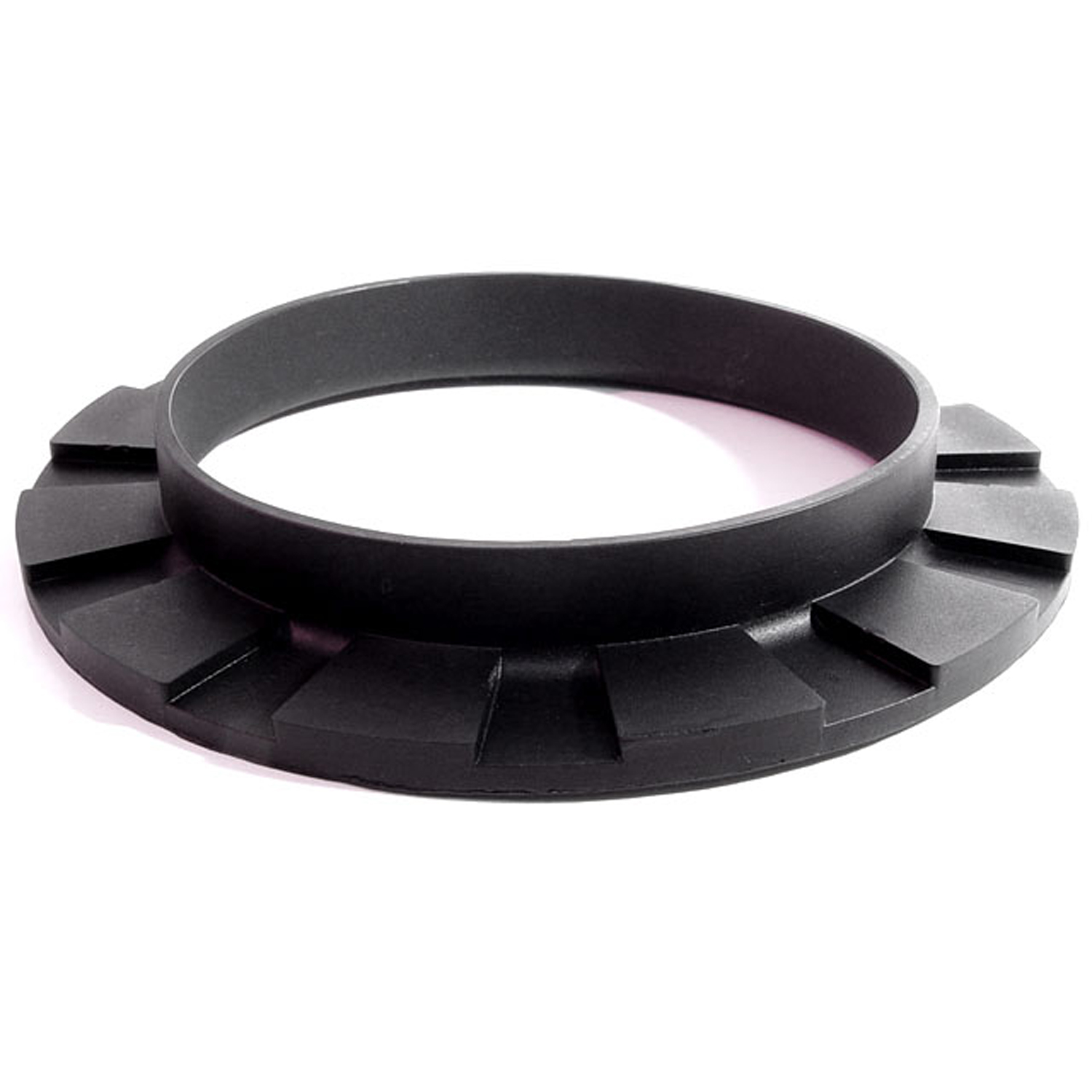 1978 Pontiac Bonneville Front coil-spring insulator-BN 110Front coil-spring insulator. Fits '41-'60 Oldsmobile and '50-'83 GM passenger models. 5-3/8 in. OD x 3-3/4 in. ID x 3/4 in. high with 13/16 in. wide bottom flange 1/4" thick, 12 flutes. Each.
1978 Pontiac Bonneville Front coil-spring insulator-BN 110Front coil-spring insulator. Fits '41-'60 Oldsmobile and '50-'83 GM passenger models. 5-3/8 in. OD x 3-3/4 in. ID x 3/4 in. high with 13/16 in. wide bottom flange 1/4" thick, 12 flutes. Each.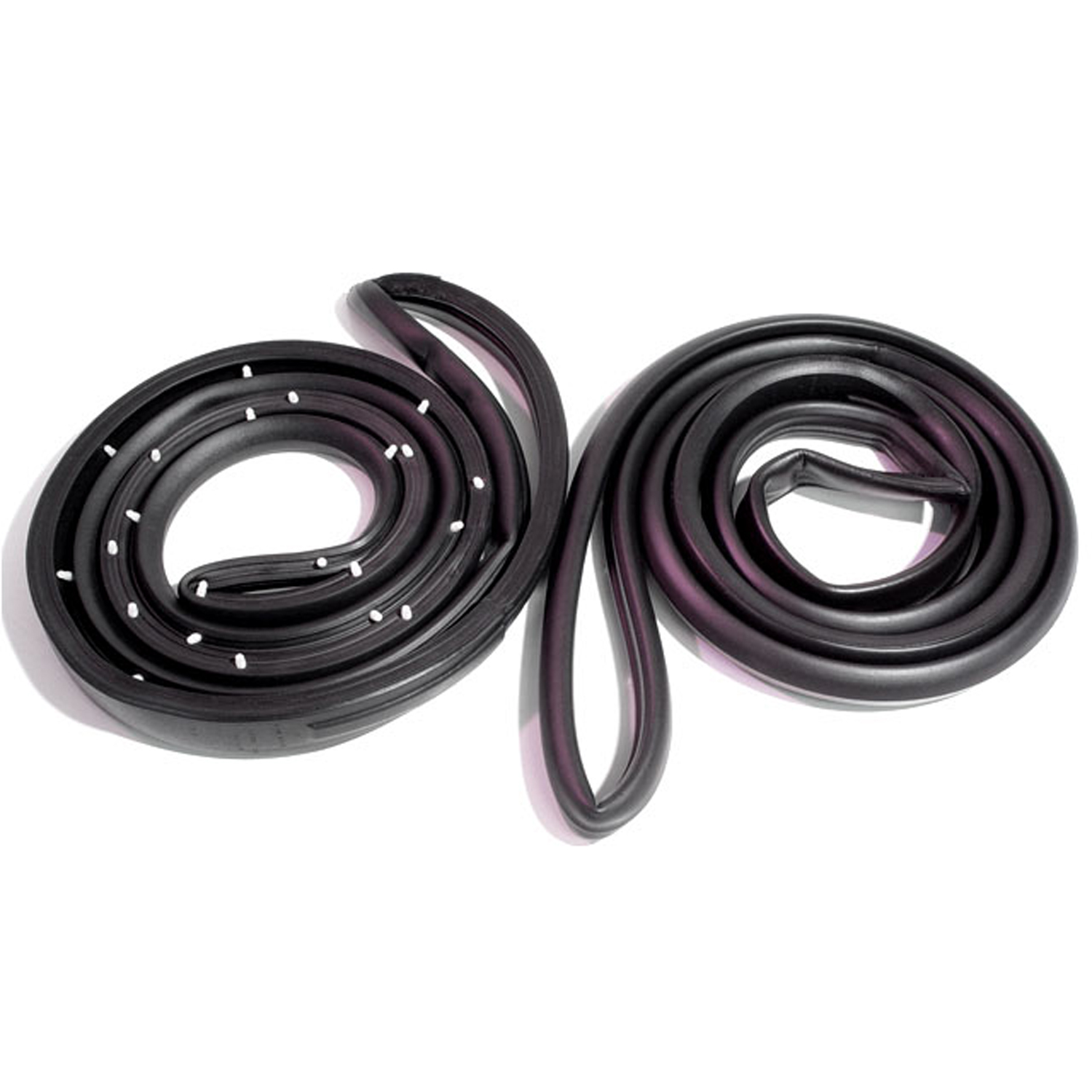 1978 Pontiac Bonneville Rear Molded Door Seals. For 4-door sedan-LM 18-L/RRear Molded Door Seals. For 4-door sedan. Each is 125-1/4" long. Pair R&L
1978 Pontiac Bonneville Rear Molded Door Seals. For 4-door sedan-LM 18-L/RRear Molded Door Seals. For 4-door sedan. Each is 125-1/4" long. Pair R&L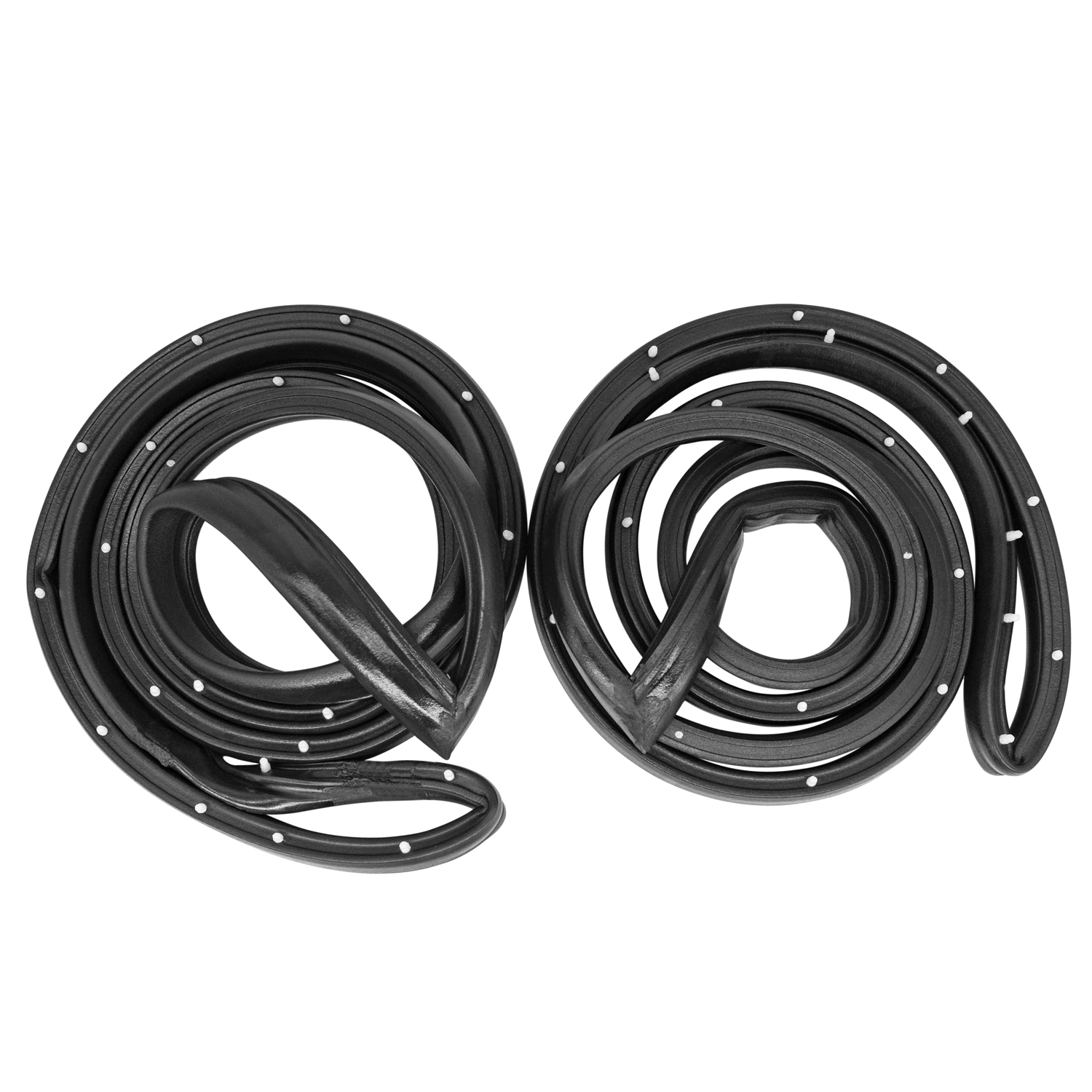 1978 Pontiac Bonneville Front Molded Door Seals with White Clips-LM 18-L/WCFront Molded Door Seals with White Clips. For 4-door sedan and wagon with RWD. Pair R&L
1978 Pontiac Bonneville Front Molded Door Seals with White Clips-LM 18-L/WCFront Molded Door Seals with White Clips. For 4-door sedan and wagon with RWD. Pair R&L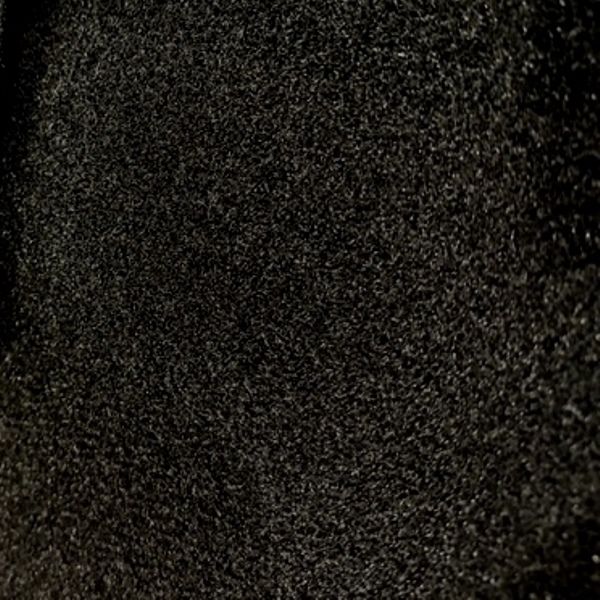 1978 Pontiac Bonneville Trunk Liner. Loose weave, jet black. 50" wide-M 30Trunk Liner. Loose weave, jet black. 50" wide. Sold by the foot
1978 Pontiac Bonneville Trunk Liner. Loose weave, jet black. 50" wide-M 30Trunk Liner. Loose weave, jet black. 50" wide. Sold by the foot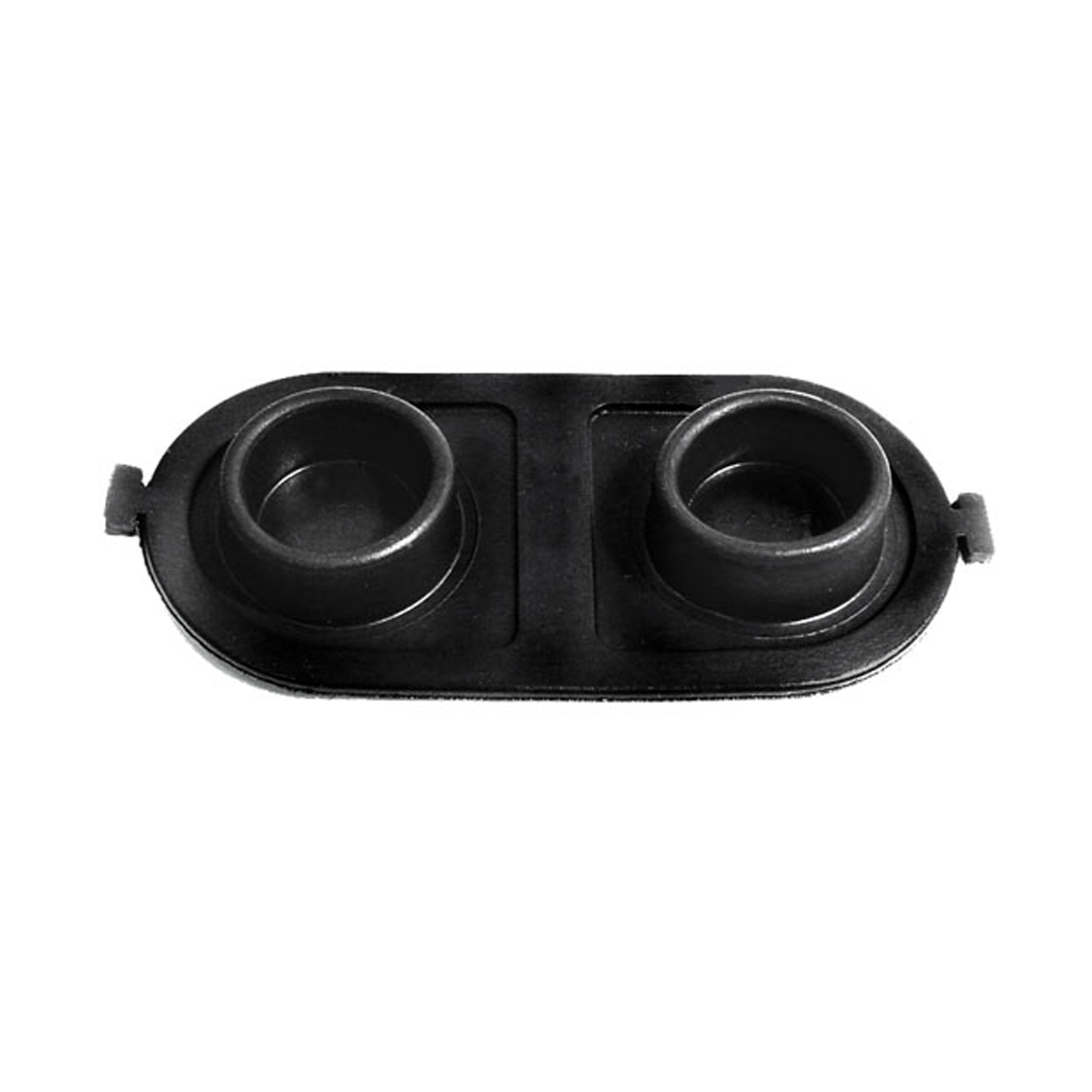 1978 Pontiac Bonneville Brake Master Cylinder Cover Seal. Replaces OEM #5470861-RP 2-EBrake Master Cylinder Cover Seal. Replaces OEM #5470861. 5" X 2-1/2". Each
1978 Pontiac Bonneville Brake Master Cylinder Cover Seal. Replaces OEM #5470861-RP 2-EBrake Master Cylinder Cover Seal. Replaces OEM #5470861. 5" X 2-1/2". Each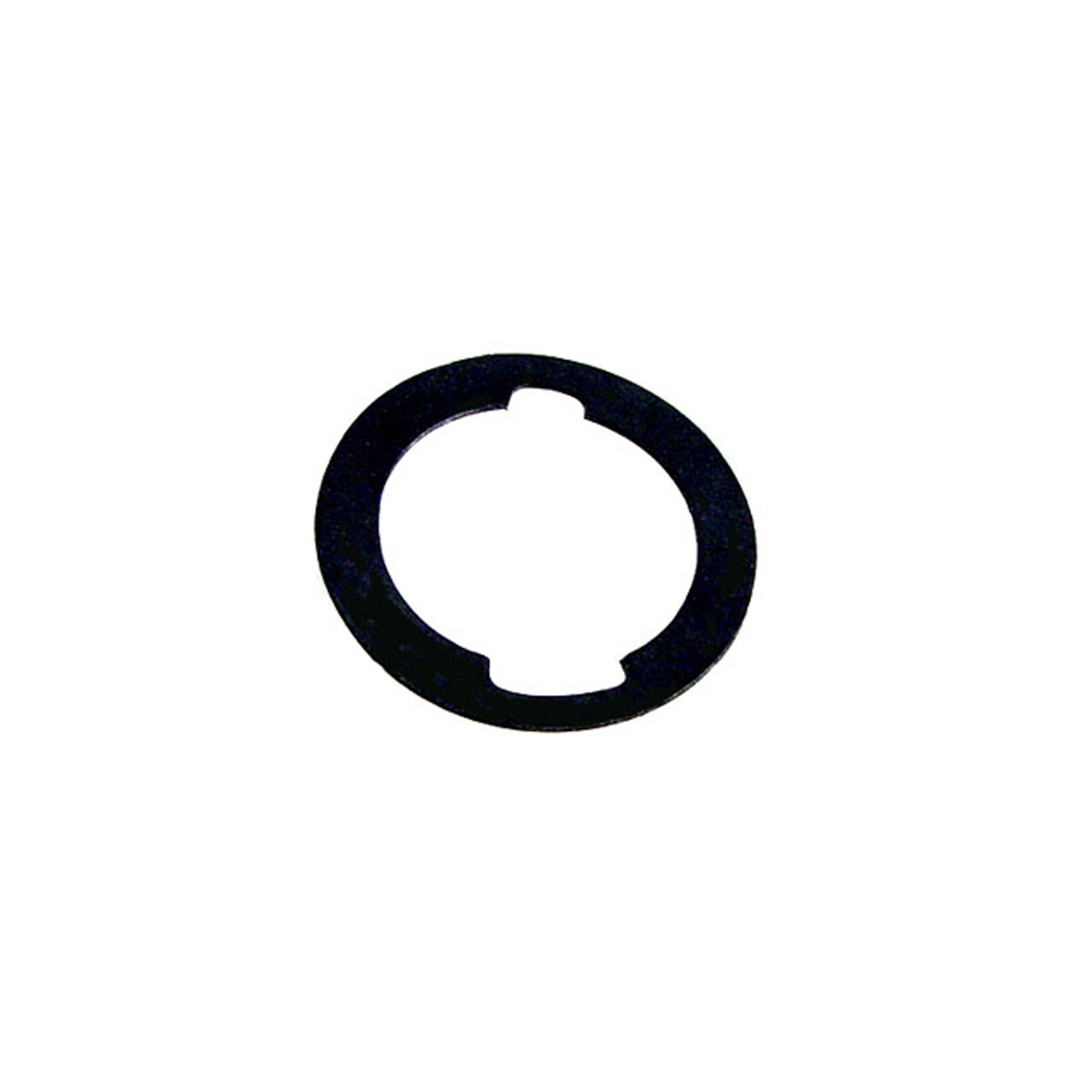 1978 Pontiac Bonneville Unbeaded Door and Trunk Lock Gasket. 1-3/16" O.D., 7/8" I.D-UM 1600-100Unbeaded Door and Trunk Lock Gasket. 1-3/16" O.D., 7/8" I.D. Each
1978 Pontiac Bonneville Unbeaded Door and Trunk Lock Gasket. 1-3/16" O.D., 7/8" I.D-UM 1600-100Unbeaded Door and Trunk Lock Gasket. 1-3/16" O.D., 7/8" I.D. Each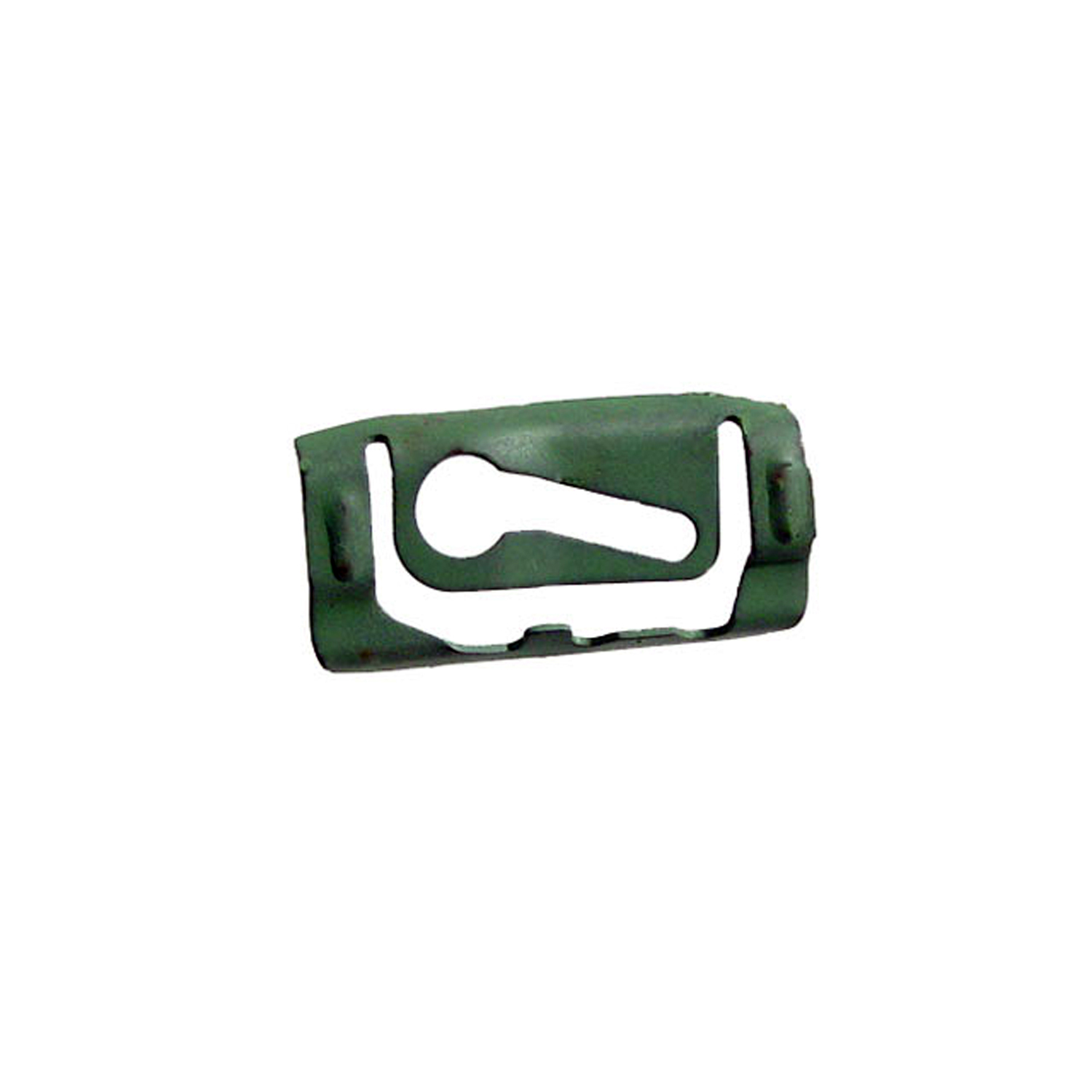 1978 Pontiac Bonneville Quarter Window Reveal Molding Clip. Made of Steel-WF 205Quarter Window Reveal Molding Clip. Made of Steel. 1-3/8" X 11/16". Each
1978 Pontiac Bonneville Quarter Window Reveal Molding Clip. Made of Steel-WF 205Quarter Window Reveal Molding Clip. Made of Steel. 1-3/8" X 11/16". Each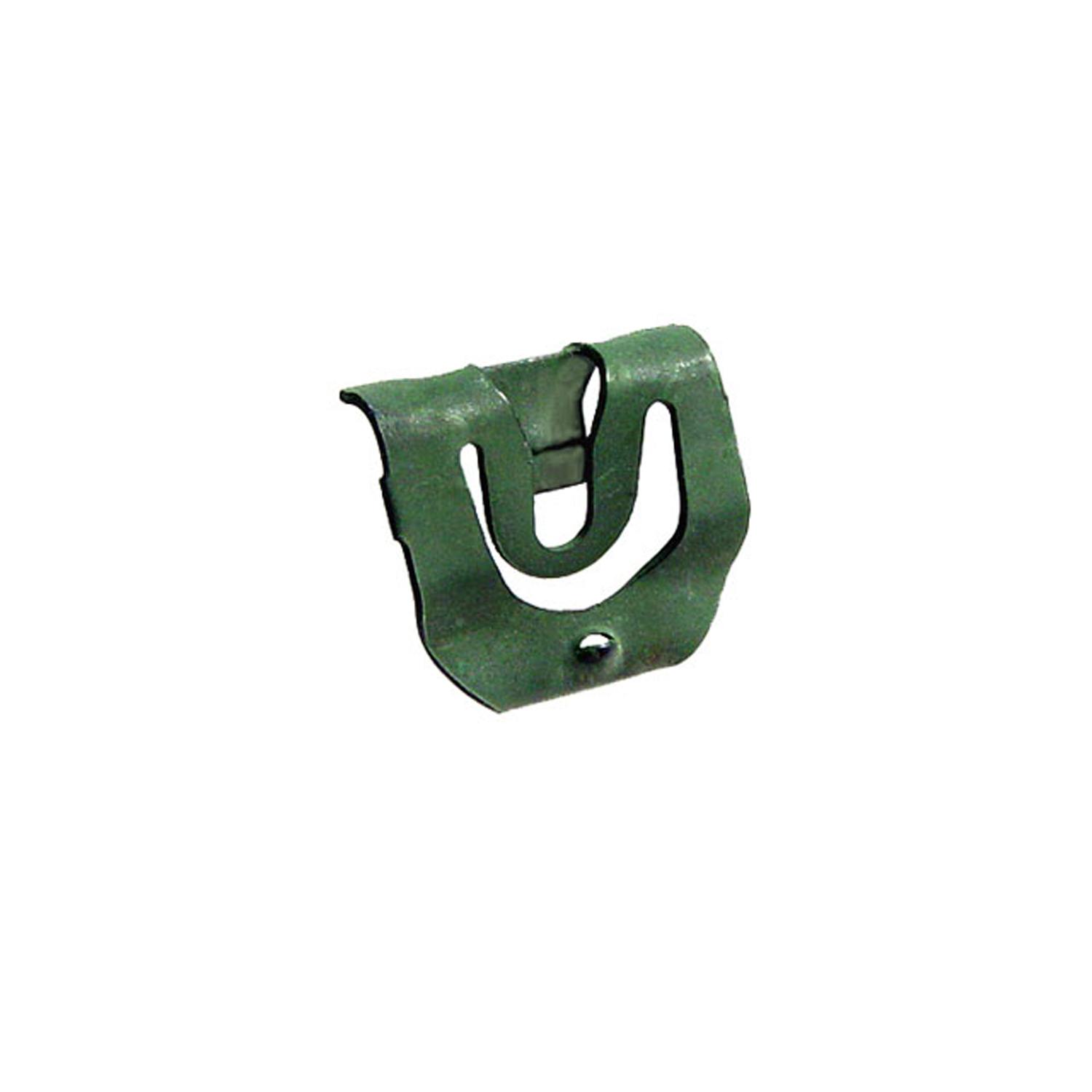 1978 Pontiac Bonneville Rear Window Reveal Molding Clip. For Station Wagons-WF 208Rear Window Reveal Molding Clip. For Station Wagons. Made of steel. 5/8" x 3/4". Each
1978 Pontiac Bonneville Rear Window Reveal Molding Clip. For Station Wagons-WF 208Rear Window Reveal Molding Clip. For Station Wagons. Made of steel. 5/8" x 3/4". Each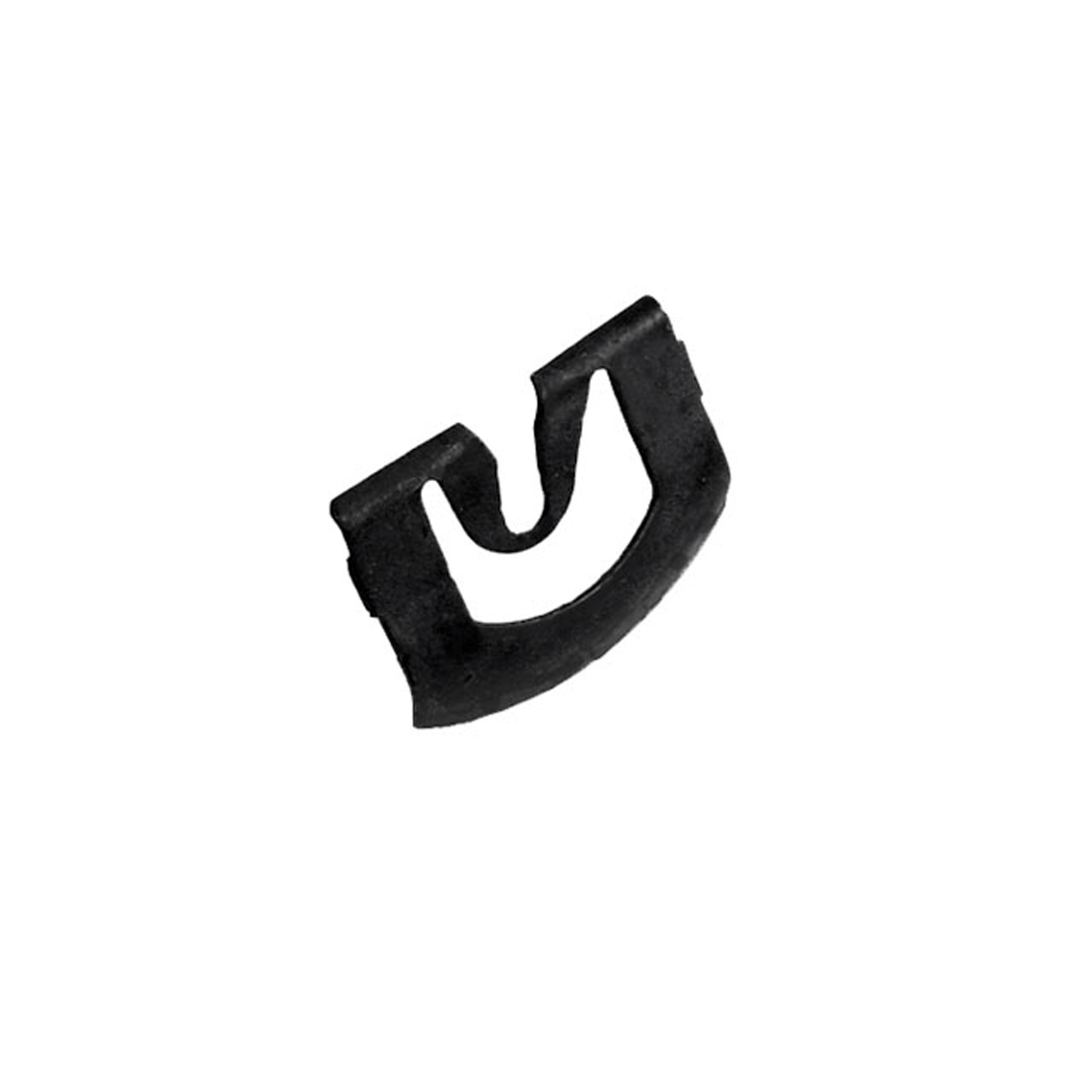 1978 Pontiac Bonneville Windshield Reveal Molding Clip. Made of steel. 13/16" x 1"-WF 209Windshield Reveal Molding Clip. Made of steel. 13/16" x 1". Each
1978 Pontiac Bonneville Windshield Reveal Molding Clip. Made of steel. 13/16" x 1"-WF 209Windshield Reveal Molding Clip. Made of steel. 13/16" x 1". Each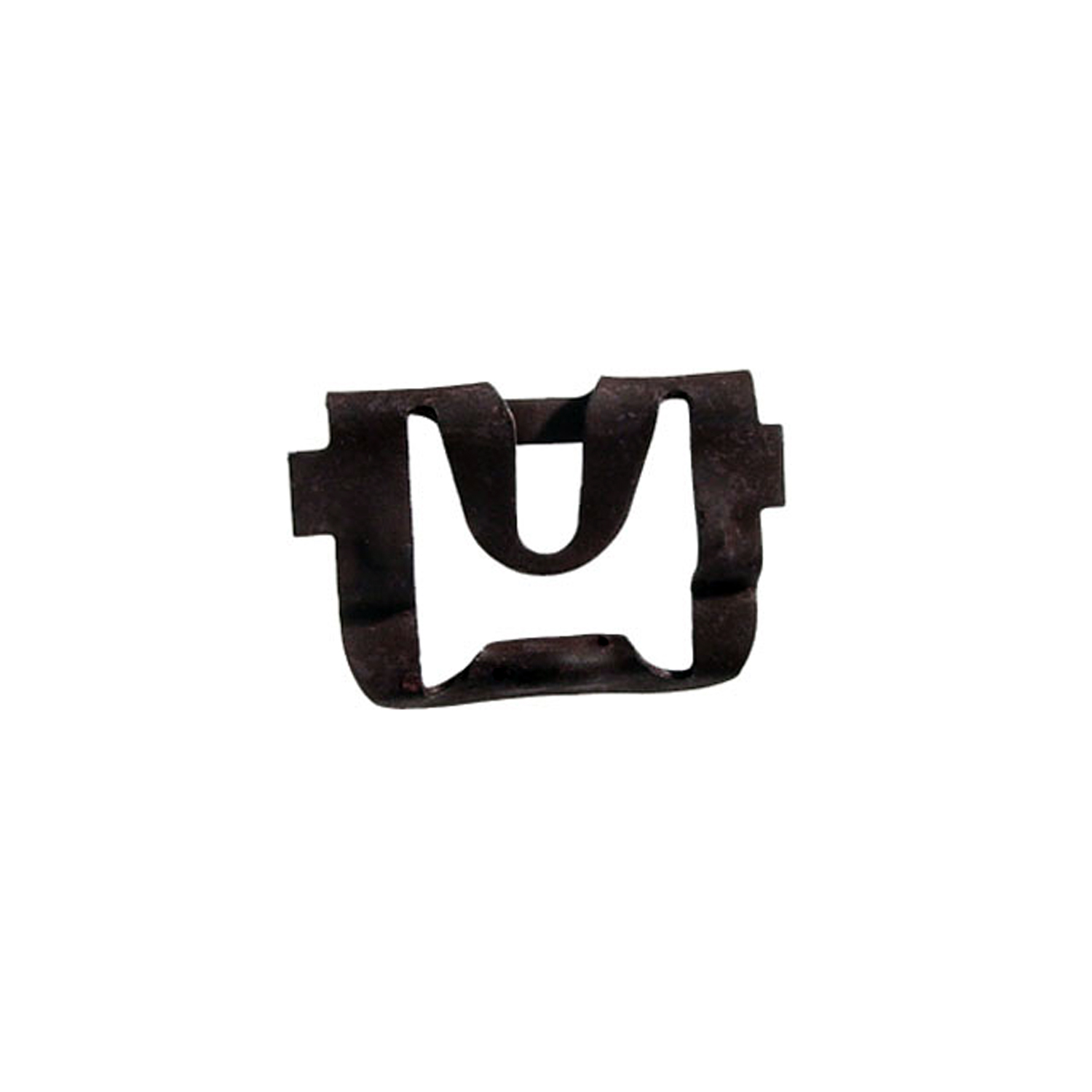 1978 Pontiac Bonneville Rear Windshield Reveal Molding Clip. Made of steel-WF 211Rear Windshield Reveal Molding Clip. Made of steel. 15/16" X 3/4". Each
1978 Pontiac Bonneville Rear Windshield Reveal Molding Clip. Made of steel-WF 211Rear Windshield Reveal Molding Clip. Made of steel. 15/16" X 3/4". Each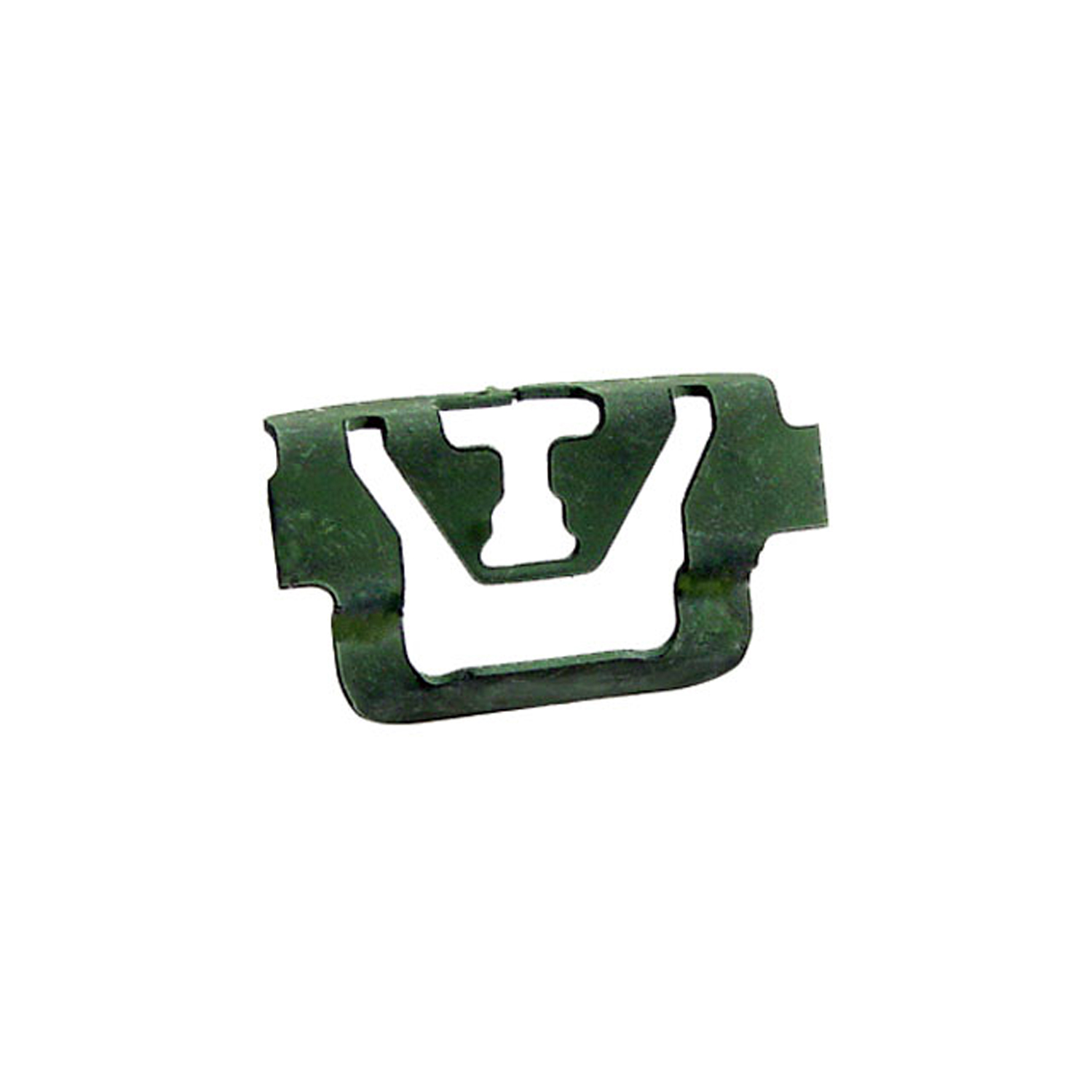 1978 Pontiac Bonneville Rear Windshield Reveal Molding Clip. Made of steel-WF 213Rear Windshield Reveal Molding Clip. Made of steel. 7/8" X 5/8". Each
1978 Pontiac Bonneville Rear Windshield Reveal Molding Clip. Made of steel-WF 213Rear Windshield Reveal Molding Clip. Made of steel. 7/8" X 5/8". Each 1978 Pontiac Bonneville Lower Side Window Reveal Molding Clip. Made of nylon-WF 214Lower Side Window Reveal Molding Clip. Made of nylon. 1-1/4" x 3/4". Each
1978 Pontiac Bonneville Lower Side Window Reveal Molding Clip. Made of nylon-WF 214Lower Side Window Reveal Molding Clip. Made of nylon. 1-1/4" x 3/4". EachWhy Choose Metro?
For over 100 years, Metro Moulded Parts has been the pinnacle of quality in classic car restoration parts. Our commitment to precision and authenticity in every component ensures a perfect fit and an OEM-level appearance.
- Expert Craftsmanship & Quality: Each part is a testament to our dedication to reliability and perfection, crafted from original designs and thoroughly tested.
- Advanced Technology: We use cutting-edge techniques to create flawless, long-lasting parts that surpass others in performance.
- SuperSoft Sponge – The Ultimate Door Seal: Not only are our door seals 30% softer than competitors', but they're also guaranteed to never leak. They effectively reduce wind and road noise, enhancing your classic car's comfort and driving experience.
- Proudly American: Our parts are a product of American craftsmanship, made in the USA with a spirit of excellence and heritage.
- Unrivaled Warranty: We back our products with a 30-year industry-leading warranty, a testament to our confidence in their quality.
Join us in preserving the legacy of classic cars with parts that are crafted for perfection, not just made.

